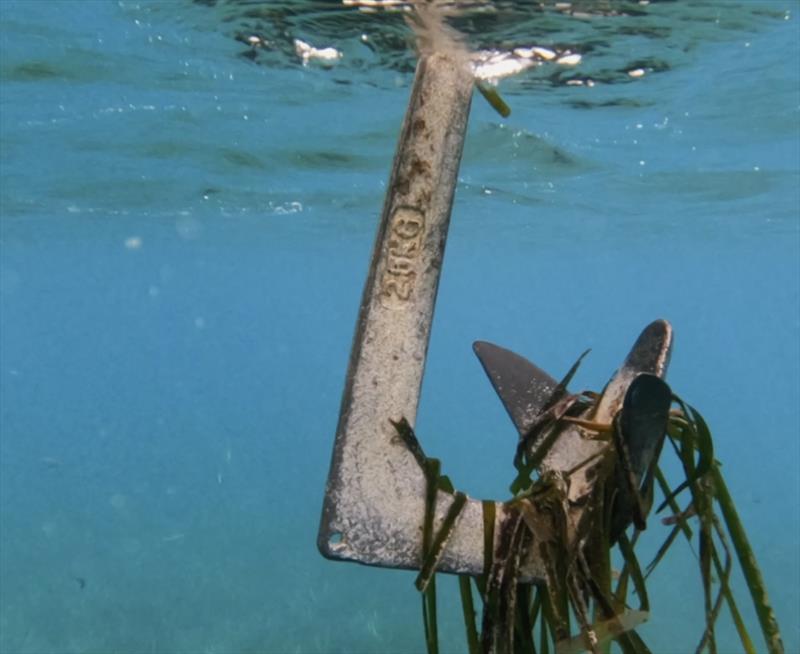
How navigation tech is protecting our seabeds
by Savvy Navvy 21 Nov 2024 12:00 GMT

Anchoring © Savvy Navvy
Just under two years into partnering together and more responsible sailing and seagrass conservation has been put on the map by Clean Sailors, the Ocean Conservation Trust (OCT) and Savvy Navvy.
"We wanted to help boaters make more informed decisions about anchoring when out on the water," says Holly Manvell, founder of Clean Sailors, who with Savvy Navvy and supported by the Ocean Conservation Trust have been working to show boaters in real-time, what lies beneath their hulls - namely, seagrasses.
Seagrass meadows store 10% of the ocean's carbon and are key protagonists in the combat of climate change. They can be up to 35 times more efficient at absorbing carbon than rainforests of the same area and also provide a habitat for rare and endangered species. Despite the importance of seagrass, in the UK alone, we have lost nearly half our seagrass beds since the 1930s, mainly due to avoidable human activity.
Contributing to the demise of seagrasses globally is leisure boating activity, as anchor chains are scouring the seabed, ripping up fragile root systems which fundamentally help mitigate coastal erosion, as well as provide breeding and feeding grounds for thousands of species.
"It's a bit like taking a bulldozer through a wildflower meadow," says Holly "seagrasses are incredibly important foundations to our global marine ecosystem, and leisure boating - partially anchoring - is causing significant damage."
Over the last two years, Savvy Navvy, Clean Sailors and the Ocean Conservation Trust have been collating, cleaning and sharing geo-spatial data on sensitive seabeds, serving it to boaters via the Savvy Navvy app to accompany route-planning, charts, tides and weather capabilities. Their #ProtectOurBeds campaign has already released comprehensive seagrass data in-app for the UK.
"A traditional paper chart or navigation system will tell you about the seabed type—whether it's rock, mud, sand, or silt and where safe anchoring posts are," says David Cusworth, Head of Partnership and Innovation at Savvy Navvy.
"But a paper chart and traditional nav systems don't tell you anything else. The beauty of 'digital' is we can provide and update information really quickly, creating many other useful layers for boaters, such as the location of sensitive seabeds, which helps boaters make more informed decisions when out on the water and dropping the hook."
The #ProtectOurBeds will continue to build data on sensitive seabeds across the world's most popular anchor sites.
"There is a lot of amazing geo-spatial conservation science out there but it's only really useful when served to those who can use it to lessen their impact - in this case, we boaters," says David.
"Seagrass beds don't pop-up overnight but can be destroyed in as little time so providing clear and timely information to boaters to help them make better decisions is a clear opportunity for sailors and boat-users to help conservation efforts."
To find out more, visit www.savvy-navvy.com/seagrass
Download the Savvy Navvy app today or log in to see seabeds near you.